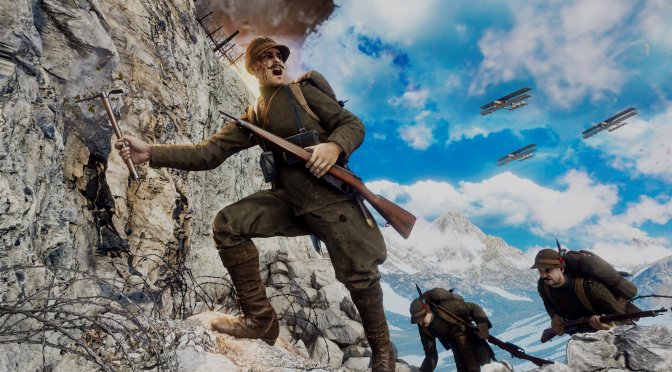
In addition, a new 14th Army was formed with nine Austrian and six German divisions, commanded by the German Otto von Below. The Austro-Hungarian Army Group Boroević, commanded by Svetozar Boroević, was prepared for the offensive. They proposed attacking the quiet Caporetto sector, where a good road ran west through a mountain valley to the Venetian plain. In September three experts from the Imperial General Staff, led by the chemist Otto Hahn, went to the Isonzo front to find a site suitable for a gas attack. Erich Ludendorff was opposed to this but was overruled. In August 1917 Paul von Hindenburg decided that to keep the Austro-Hungarians in the war, the Germans had to help them defeat the Italian army.

The Isonzo river, location of the initial attacks at Kobarid (Caporetto). The use of poison gas by the Germans also played a key role in the collapse of the Italian Second Army. The battle was a demonstration of the effectiveness of the use of stormtroopers and the infiltration tactics developed in part by Oskar von Hutier. The battle was named after the Italian name of the town (also known as Karfreit in German).Īustro-Hungarian forces, reinforced by German units, were able to break into the Italian front line and rout the Italian forces opposing them. The Battle of Caporetto in 1917 (also known as the Twelfth Battle of the Isonzo, the Battle of Kobarid or the Battle of Karfreit as it was known by the Central Powers), took place from 24 October to 19 November 1917, near the town of Kobarid (now in north-western Slovenia, then part of the Austrian Littoral), on the Austro-Italian front of World War I.

Twelfth Battle of the Isonzo (24 October – 7 November 1917) / Battle of Caporetto


 0 kommentar(er)
0 kommentar(er)
